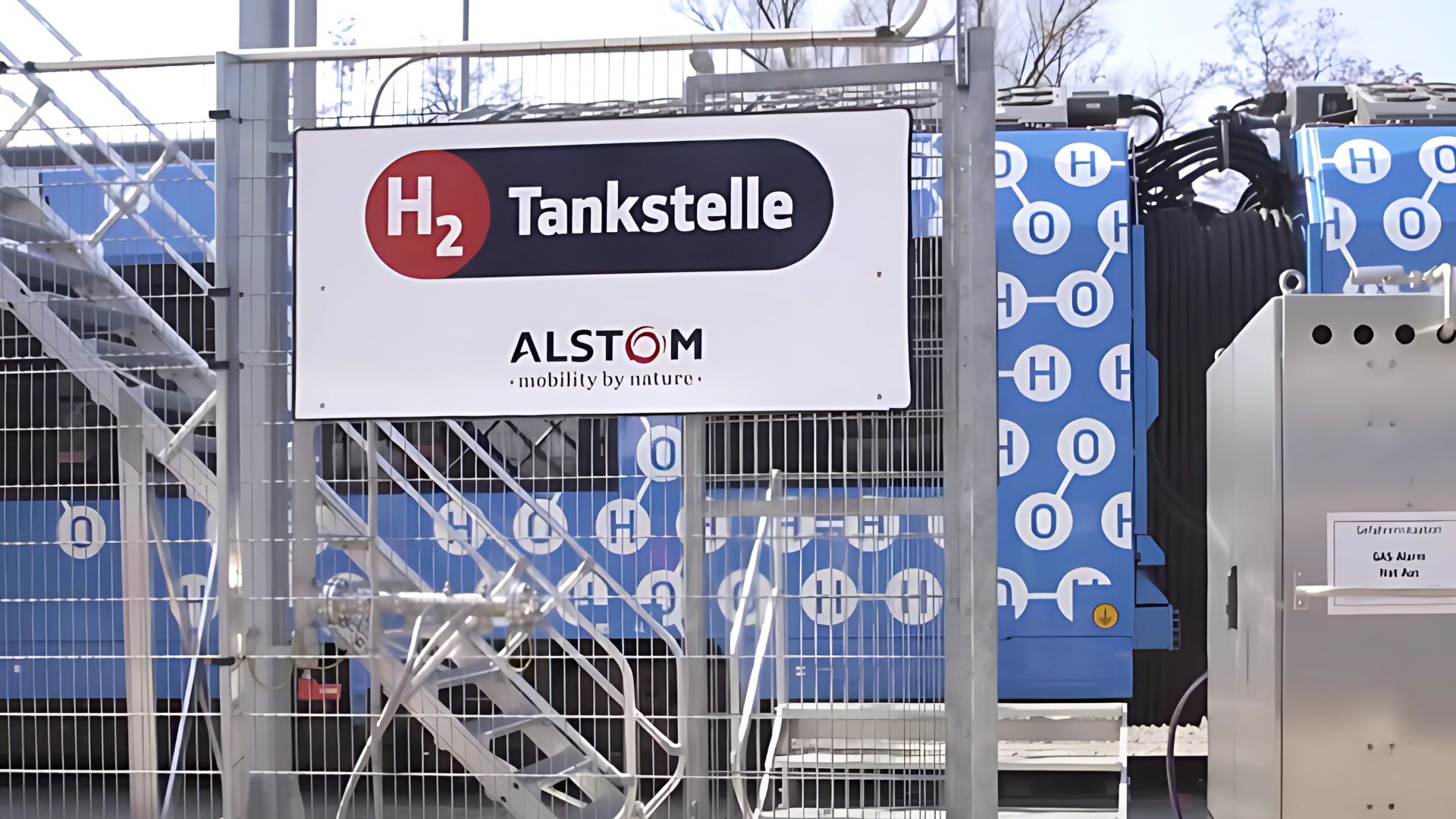Hydrogen-powered trains, once heralded as a promising step toward sustainable rail transportation, have encountered significant challenges in Germany. The Rhine-Main Transport Authority (RMV) has decided to withdraw 18 Coradia iLint hydrogen trains from service in January, citing repeated technical issues with their fuel cells. These trains had been operating on the non-electrified Taunus network since 2022. Their replacement with diesel multiple units (DMUs) raises questions about the readiness of hydrogen technology for widespread adoption and its role in the global push for greener transport solutions.
Technical Challenges
The Coradia iLint trains, built by Alstom, ran into problems during intensive operation, impacting their reliability over two years of active service. The recurring issues were linked to their hydrogen fuel cells, which are essential for powering these zero-emission trains.
Key points regarding the challenges include:
- Fuel Cell Durability: During commercial operations, the fuel cells experienced wear and operational difficulties, leading to frequent delays and disruptions.
- Limited Fleet Availability: Eighteen of the 24 trains used on the Taunus network’s RB15 line were unable to maintain consistent performance, forcing RMV to search for alternatives.
- Replacement Plans: Six remaining hydrogen trains will continue to operate on the RB12 Königstein to Frankfurt route, while RMV will deploy 16 Alstom-built Lint 41 DMUs on the RB15 line starting in early 2025.
- Ongoing Efforts: Alstom and its sub-supplier are now working to develop a new generation of fuel cells for the iLint fleet, expected to roll out by the end of 2025.
Current Projects Involving Alstom’s Hydrogen Trains
While the Coradia iLint trains in RMV’s network face obstacles, Alstom’s hydrogen-powered initiatives are active across various projects. Here are some of the key efforts underway:
-
Lower Saxony, Germany:
- 14 Coradia iLint trains are operational on the Cuxhaven-Buxtehude line (100 km).
- Despite similar issues with fuel cells, these trains remain in service due to their compatibility with the route’s requirements.
-
Italy:
- Alstom has partnered with Trenord to supply six hydrogen trains for the Lombardy region.
- The project focuses on utilizing hydrogen to decarbonize railway routes that lack electrification infrastructure.
-
France:
- Alstom is working to introduce hydrogen-powered trains in the Occitanie region as part of a larger eco-friendly transportation initiative.
-
United Kingdom:
- Collaborations are underway for the rollout of hydrogen-powered trains as a solution for non-electrified rail networks across the country.
-
The Netherlands:
- Alstom’s hydrogen trains are being tested on specific routes to determine their feasibility for future deployment.
Future Prospects
Hydrogen trains represent an innovative approach toward decarbonizing rail networks, especially in regions where electrification is expensive or impractical. The Coradia iLint trains’ initial promise showcased a glimpse of an environmentally friendly future with zero tailpipe emissions and the potential to harness renewable energy sources for fuel production.
However, the challenges facing the iLint have highlighted key areas for improvement:
- Technology Development: Upgrading fuel cells and creating more robust systems to handle high-frequency operations is essential. Poor durability and reliability currently stand as obstacles to wide-scale implementation.
- Infrastructure Needs: Beyond the trains themselves, adequate hydrogen refueling stations and supply chains are crucial to supporting the growth of this technology.
- Cost Efficiency: Scaling hydrogen-powered trains must align with economic feasibility, ensuring affordable adoption for operators without imposing excessive costs on passengers.
On the flip side, the technology still holds promise for items like shunting locomotives, shorter rail routes, or in test projects where fewer trains are required. Until further advancements are made, hydrogen trains might be better suited for these lower-impact applications.
Conclusion
While the withdrawal of Alstom’s Coradia iLint trains is a setback, it offers valuable insights into the current limitations of hydrogen-powered transportation. For now, these trains can be applied in less demanding rail scenarios where their zero-emission design presents an immediate benefit. Municipalities and transport authorities could use hydrogen-powered trains for specialized routes, reducing carbon footprints without requiring a total overhaul of their fleet.
From a future perspective, this experience underscores the need for ongoing research and development. Advancements in durable fuel cell technology, coupled with consistent infrastructure support, will be critical to scaling hydrogen trains effectively. Additionally, public and private partnerships in the energy sector will play a vital role in optimizing hydrogen production, ensuring its availability at competitive prices.
For now, while hydrogen trains have yet to fully prove their mettle in high-demand environments, they remain an important piece of the green transport puzzle. With a targeted approach to deployment and continual technological improvements, this clean energy innovation holds the potential to transform railways in the years to come.

